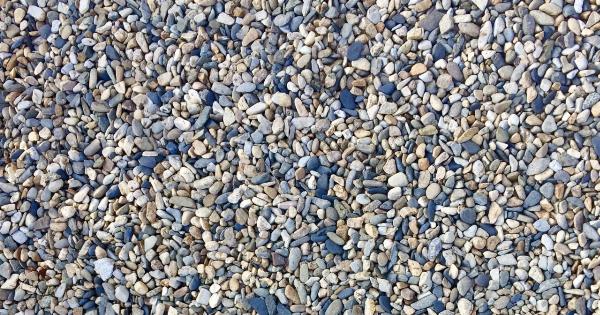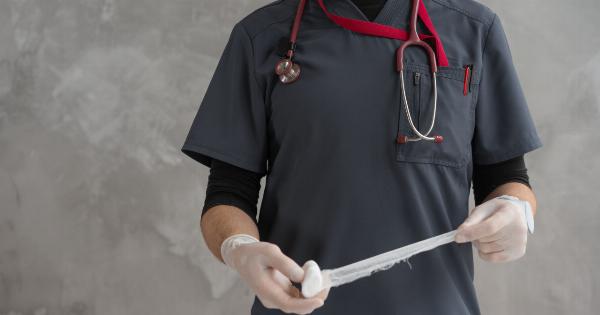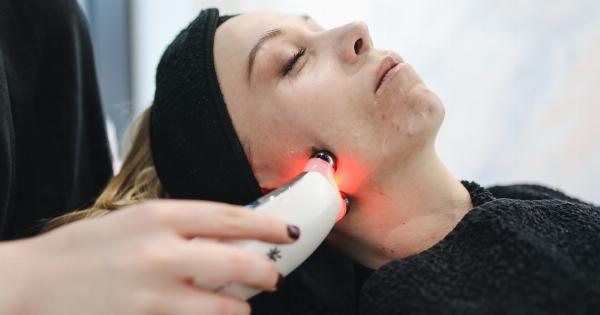The field of cardiology has undergone significant advancements in the last few decades, with the use of minimally invasive techniques being one of the most prominent ones.
Unlike traditional open-heart surgeries that involve large incisions, these minimally invasive procedures only require small incisions. These procedures cause far less trauma to the body, ensuring faster recovery time, less scarring, and minimized pain and discomfort after the surgery.
What is Transdermal Surgery in Cardiology?
Transdermal surgery refers to minimally invasive cardiac procedures that are performed through small incisions on the skin.
These procedures require specialized surgical tools and high-definition imaging systems that enable the surgeon to operate inside the body’s chambers through minimally invasive methods. They require minimal recovery time and have relatively low complication and mortality rates.
Why Transdermal Surgery is the Future of Cardiology
The advantages of transdermal surgery in cardiology are numerous. Some of the major benefits are:.
Less Pain and Discomfort
Transdermal surgeries cause less trauma to the body, which translates to less pain and discomfort after the operation.
Patients who undergo these procedures experience less post-operative pain and are less likely to require painkillers during the recovery process.
Shorter Recovery Period
Traditional open-heart surgeries require a long recovery period, often taking months for the patient to return to their normal activities.
Transdermal surgeries, on the other hand, require much less recovery time, enabling patients to return to their daily routine within a week or two after the surgery.
Lower Risk of Infection
With traditional open-heart surgery, patients are at higher risk of developing postoperative infections, as these procedures require larger incisions. In contrast, transdermal surgeries involve smaller incisions and a reduced risk of infection.
Lower Mortality Rates
Studies have shown that transdermal surgeries have significantly lower mortality rates than traditional open-heart surgeries.
In fact, these minimally invasive procedures have been known to save many lives and improve the quality of life of cardiac patients.
Lower Complication Rates
Unlike traditional open-heart surgeries, transdermal surgeries have low complication rates, such as bleeding, stroke, and other complications. In addition, these treatments have fewer risks of blood transfusions and less need for ICU resources.
Higher Patient Satisfaction
Since these minimally invasive cardiac procedures have many advantages, they result in a high level of patient satisfaction.
Patients tend to report less postoperative pain and discomfort, a shorter recovery period, and fewer scars, making the surgical experience a positive one for them.
Types of Transdermal Surgery in Cardiology
Transdermal surgery in cardiology refers to a wide range of procedures that are performed through small incisions on the skin. Some of the most common ones are:.
Transcatheter Aortic Valve Replacement (TAVR)
TAVR is a minimally invasive procedure that is used to replace the aortic valve with an artificial one through a small incision in the groin. This procedure is suitable for patients who are at high risk for conventional open-heart surgery.
Percutaneous Coronary Intervention (PCI)
PCI is a minimally invasive procedure that is used to treat coronary heart disease. The procedure involves using a catheter with a balloon attached to it and inserting it into a blocked artery.
The balloon is inflated, which pushes the plaque to the sidewall of the artery, thus opening up the blockage.
Left Atrial Appendage Closure (LAAC)
LAAC is a minimally invasive procedure that closes off the left atrial appendage and prevents blood clots from forming, which can lead to a stroke. This procedure is suitable for patients who cannot tolerate blood-thinning medications.
Transcatheter Mitral Valve Repair (TMVR)
TMVR is a minimally invasive procedure that repairs the heart’s mitral valve without the need for open-heart surgery. The valve is repaired by inserting a catheter through a small incision in the groin.
Conclusion
Transdermal surgery in cardiology is a rapidly evolving field that has significant benefits for patients. These minimally invasive procedures enable faster recovery times, less pain and discomfort, fewer complications, and improved patient satisfaction.
As technology continues to evolve, we can expect that transdermal surgery will become even more mainstream in the future.





























